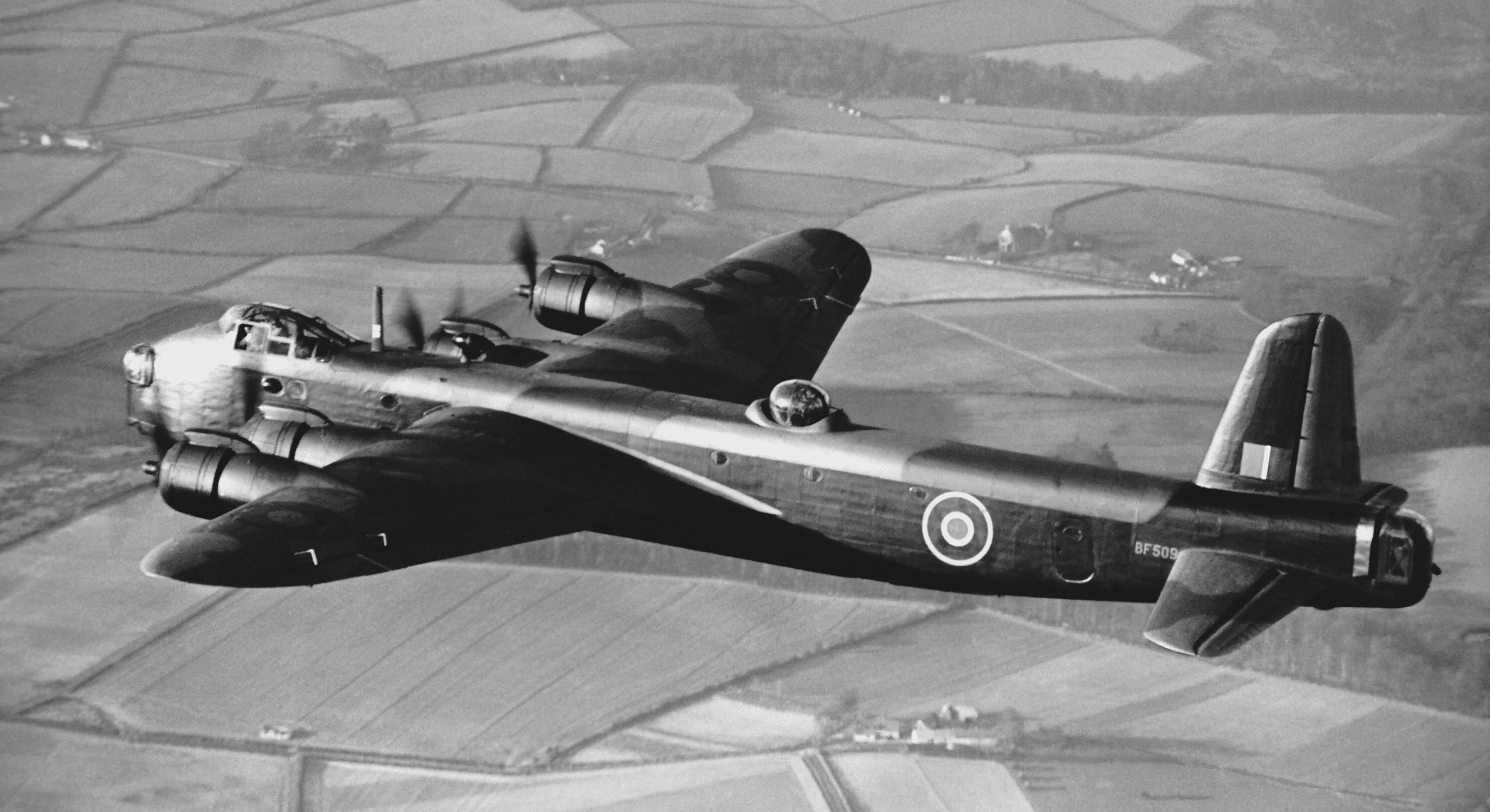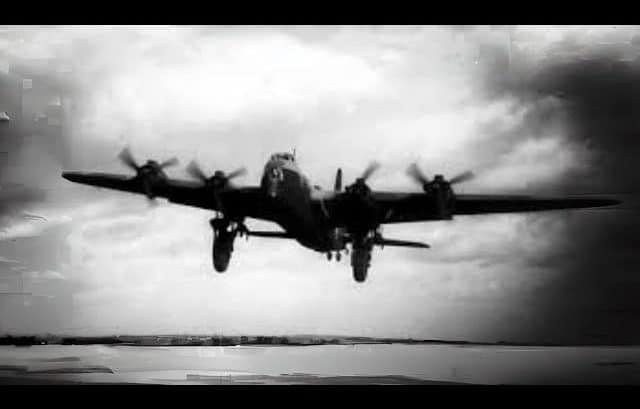During the time when the majority of the Royal Air Force four-engine bombers were twin-engine designs, the Short Stirling was designed as a four-engine heavy bomber. It soon became, the foundation of British heavy bomber groups from January 1941.
Packing a Powerful Punch
The Short Stirling was developed due to an RAF requirement in the mid-1930s that called for a heavy bomber that can do long-range missions, and pack a powerful punch.
With twice the power, it quickly outshone several other types. It proved to be an excellent warbird, and the first of its kind to the RAF.
A First
The Short Stirling was the first to fly among the four-engine bombers. It was also one of the biggest of the British-built heavy bombers of the war. It had an impressive height of 23 feet and 6,600 horsepower provided by its Bristol Hercules radial engines.
Conventional Look
The bomber also had a more conventional look. It had a forward-set flight deck, centralized bomb bay, and tricycle undercarriage.

The wings are straight and low mounted, with every assembly managing two leading-edge engine nacelles. It was also powered by four engines, with each driven by a three-bladed propeller. It had a retractable undercarriage although the main legs were left tall, giving it a noticeable nose-up profile.
It also had a conventional tail section, with a single vertical fin flanked by two low-mounted horizontal planes.
The Definitive Stirling
Produced in 1940, the type entered operational service in its original Mk 1 form. It also had a crucial advantage in that it can reach the German capital should the situation demand it.
The definitive variant became the Mk III, equipped with more powerful Bristol Hercules XVIs, and was later consolidated as the main bomber variant of the Stirling series.
Second to None?
According to aviation author Geoffrey Norris, the Stirling was “more maneuverable and responsive than any other aircraft of its class.”
Regardless, the Short Stirling did fly at lower altitudes than the Halifaxes and Lancasters, so it tended to attract the attention of flak and fighters during raids.
As a result, Stirlings were removed from its strategic bombing roles and took on a transport role instead.



